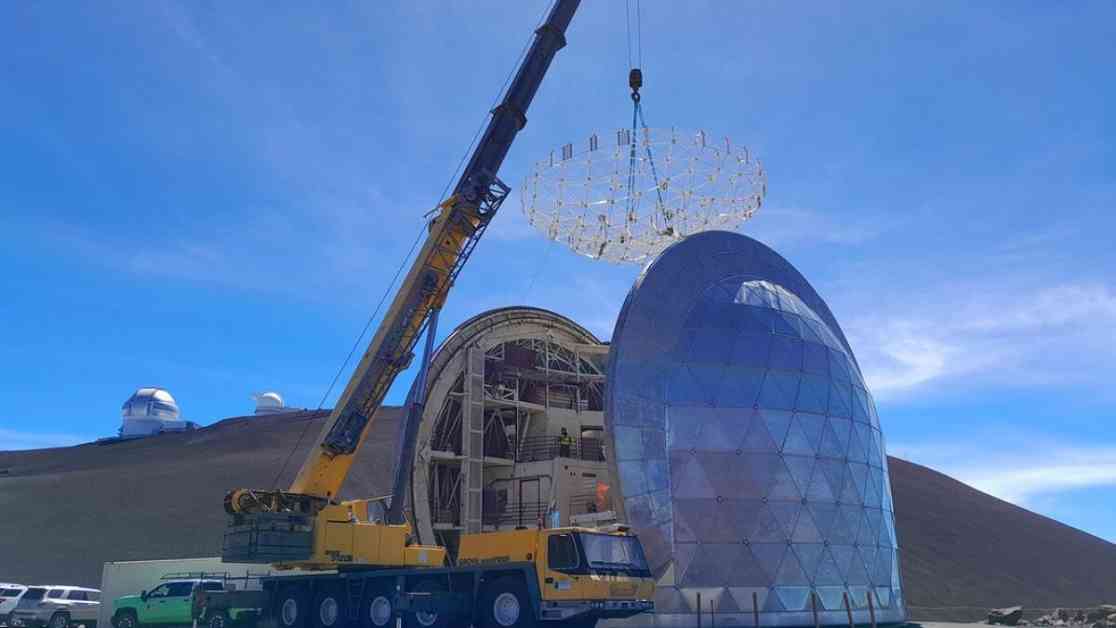After the dismantling of the Caltech Observatory on Mauna Kea, a dormant volcano held sacred by Native Hawaiians, tensions between scientists and the Indigenous population have come to a head. The removal of the Caltech Submillimeter Observatory in July marked the end of an era that had seen decades of cultural controversy and protest.
The decision to decommission the observatory was not only due to its lack of productivity but also as a recognition of the privilege that had been enjoyed by having the facility on such a culturally significant site. The closure of the observatory follows the removal of a University of Hawaii observatory a month earlier, indicating a shift in attitudes towards the use of Mauna Kea for scientific purposes.
While the observatories on Mauna Kea have contributed significantly to Hawaii’s international acclaim in astronomy and have boosted the local economy, Native Hawaiians have maintained that the summit is a spiritual connection to the heavens and should be respected as such. The protests against the construction of the Thirty Meter Telescope in 2019 highlighted the cultural tensions surrounding the use of the mountain for scientific research.
In response to public criticism, the University of Hawaii created the Center for Maunakea Stewardship to oversee operations on the mountain and ensure that decommissioning of the observatories was done respectfully. The involvement of cultural observers and the new Maunakea Stewardship Oversight Authority in the process signifies a shift towards a more inclusive and culturally sensitive approach to managing the site.
The closure of the Caltech Observatory marks the end of an era of scientific research on Mauna Kea, but the telescope will now move to Chile with new instruments and a new name – the Leighton Chajnantor Telescope. This move presents an opportunity for the observatory to continue its work on the cutting edge of astronomy in a location that is not considered sacred by any indigenous population.
The challenge now lies in finding a balance between the pursuit of scientific knowledge and the preservation of the cultural and spiritual significance of Mauna Kea. The new Maunakea Stewardship Oversight Authority has a crucial role to play in shaping the future vision for the site that takes into account the concerns of all stakeholders, including the Native Hawaiian community.
As the debate continues, the lessons learned from the dismantling of the Caltech Observatory and the protests against the Thirty Meter Telescope serve as a reminder of the importance of empathy and understanding in finding a way forward. The scars of past conflicts can be healed through dialogue and a shared vision for the future of Mauna Kea that respects both its scientific potential and its cultural significance.



























